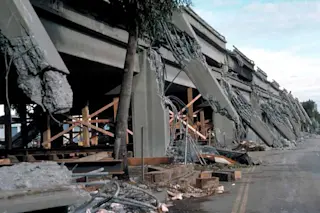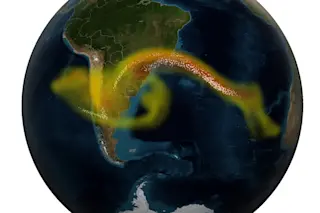Earthquakes strike unexpectedly. That is a major reason why they can be so deadly. People go from doing what they are doing to being thrust into a deadly situation of collapsing building, falling debris and crumbling roads. Yet, the fatalities from earthquakes can be reduced by simply providing people with a few to tens of seconds of warning before the shaking really starts. Thanks to the ShakeAlert Earthquake warning system that now stretches from length of the west coast of the United States, millions of people can have those seconds.
Let's get a few things straight first. ShakeAlert is not predicting earthquakes. No one can predict earthquakes and anything you read otherwise is a sham. There are those on the internet who claim they can read the tea leaves (or, in some cases, planetary alignments, weather, etc.) to tell you when and where a large earthquake will happen, but it ...














